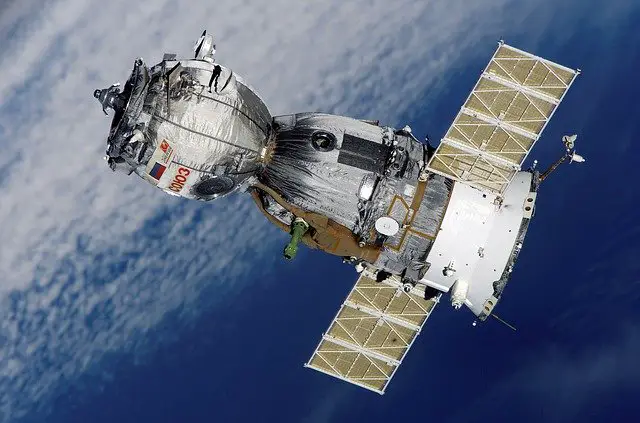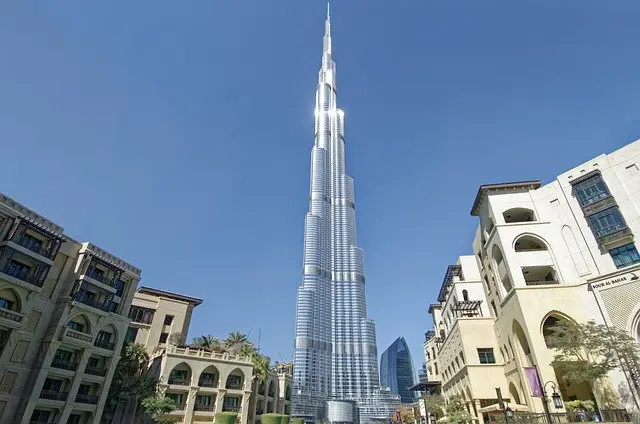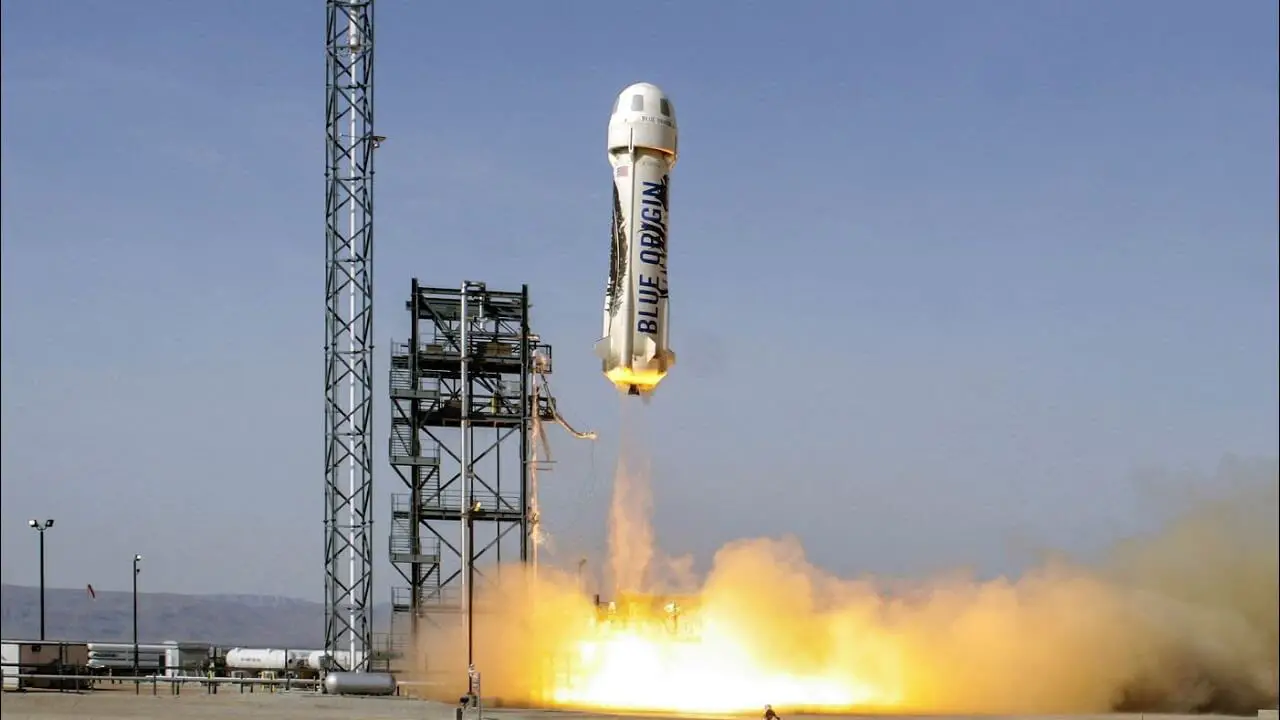The strides humans have made to ensure the world becomes more habitable and safe for future generations are uncountable. These strides include innovations across every field from medicine to architecture and engineering to pictography. Today, this post will attempt to celebrate these strides by discussing the greatest engineering achievements of recent centuries and why they are so important to the world and its inhabitants.
Digital Media (Radio and Television)
In earlier centuries, important messages were spread through conventional means such as a town crier moving from place to place shouting the news at the top of their voices or in some cases ringing a bell or using lanterns. The legend of Paul Revere and the important role his message transfer medium played during the United States civil war is still been lauded to this day.
Then came the creation of radio waves and the radio due to excellent innovative work from pioneers such as Heinrich Hertz and Guglielmo Marconi. In 1895, the first radio was presented to the public and by 1900 it had gone commercial although only the really rich could afford to purchase a radio. The identification of radio waves will go on to disrupt how we communicate, news dissemination, and medicine. Why radios are so pivotal is because they became the foundation for many interrelated innovations such as the television, X-rays, and mobile network communications. Today, your average mobile phone comes with its own radio and it is practically free as few people purchase standalone radios in this age.
Inventing the television was more of a group effort from the engineers of the late 18th and early 19th century. Notable names such as Alexander Bain who designed the facsimile machine, Willoughby Smith who discovered the photosensitivity of selenium, Gorges Rignoux who demonstrated that images could be transmitted, played important roles in developing the TV. Today both the radio and the television have evolved to become an important part of how we live.
The Global Positioning a System (GPS) is a militaristic invention for locating any position on earth. In 1975, the United States GPS program went live supported by 24 satellites. It is generally used as a navigation system but other non-navigation uses also exist. GPS and Satellites are now used in astronomy, the design of autonomous vehicles, cartography, and cellular telephony.

In autonomous driving, GPS is used as a geo-fencing device to ensure accurate navigation. As a geo-fencing tool, it can be used as a vehicle tracking system and to track the location of fleets of vehicles such as trucks, ships etc. thus making it an important invention for accurate supply chain management.
Airplane
The journey to conquer the skies was one that raged of for centuries starting with the story of Icarus fall when he and his father, Daedalus attempted to explore the air with wings to Leonardo da Vinci’s designs of a workable airplane which never flew. The first successful flight on record was that of the Wright brothers in 1903. From then on, humans have refined the airplane to travel longer distances fly higher, and developed aerospace programs to reach the moon.

The airplane has become the safest means of transporting human and cargos, as well as, the fastest means of transportation on earth. The invention of the airplane completely changed how humans viewed limitations as people began to believe everything the mind could conceive was achievable. The ability to transport humans through the sky came with its challenges as anti-aircraft groups developed theories about how flight could distort the human mind and anatomy. Time has shown these to be false and the airplane has become part of humanity’s transportation system.
The Telephone
The controversies and stories surrounding the invention of the telephone and who invented it cannot take away the greatness this communication device brought to the world. With the invention of the telephone leaders no longer needed to send diplomats to deliver messages, the postman’s labor was reduced, and everyone ended up being able to communicate in real-time regardless of location.

The invention of the mobile phone soon replaced corded telephones and with advancements in technology, the telephone has become more than a communication device. In the 21st century, an average telephone serves as a gaming center, a library, a music shelf, and a payment method for just about everyone. The telephone effectively made the world a smaller more interconnected space while the next invention on this list made the globe a global village.
The Internet

The greatness of the internet can also be measured in monetary terms as it is directly responsible for a large percentage of the revenue most Fortune 500 companies report annually. The internet also led to the creation of interrelated industries around it. This includes internet telephony networks, industry 4.0, and cloud computing, and computing in general. Thus, making the vision of Tim Berners-Lee a top contender for the greatest engineering invention man has created.
Space Travel
To accurately study and understand a thing or phenomenon, access is required. Thus, why the invention of the telescope finally made it possible for humans to observe the moon and other celestial bodies, humans still craved close contact with these bodies. From this desire came the first successful human trip to space by Yuri Gagarin and the Vostok 1. Since then humans have built international space stations, flown multiple missions and reduced the cost of space travel.

With the entry of commercial enterprises into the space journey and hope to colonize Mars, the future of space travel is brighter than it was five-six decades ago. The dream is to make other planets habitable and to transport large numbers of individuals to explore space and what it holds for humanity’s future. Space travel is also expected to help humans discover new and cleaner ways to plant, mine resources, and develop a planet.
The Channel Tunnel
As previously stated, building anything on water is a challenge to the best minds. The challenge is due to a lack of firm support to leverage on, the long-term effects of flowing water, and the corrosive agents that can be found in a large body of water. The engineers who built the channel tunnel took on this challenge and bested nature. Built-in 1994, the channel runs underwater for 37. 9km, and at its deepest parts, the channel is 250 ft. below sea level, and here again, the challenges of dealing with intense water pressure come into play.
The above challenges and the design process needed to overcome those makes the Chunnel tunnel one of the greatest feats of Engineering humans have achieved. The tunnel runs from Kent, in the United Kingdom to Pas-de-Calais in France. The tunnel successfully connects Europe and offers train rides to both humans and heavy-duty cargoes.
The Millau Viaduct

The structural challenges needed to suspend a bridge at that height make the Millau Viaduct a marvel of human engineering and ingenuity.
The Burj Khalifa
Since the beginning of time, beautiful edifices have always been appreciated by humans due to the feeling of achievement they bestow on the owner. In that sense, the Guinness Book of Records has consistently kept track of the tallest buildings in the world from the early days of the Empire State Building. Today, the Burj Khalifa takes that record and has been rightly praised as an engineering marvel by everyone who has seen it up close to from far of.

The Burj Khalifa is locate in the United Arab Emirates and it is 2,722ft high which is over a mile for anyone interested in measuring its distance through a road trip. This edifice was built within 5 years and was inaugurated in 2010. Its development cost approximately $1.5billion and contains 154 floors. The Burj serves as a tourist delight with multiple restaurants a sky view and other features that keeps visitors in awe of its beauty. Other side attractions attached to the Burj Khalifa include the Dubai fountain which organizes a light show on a daily basis. These features make it one of the greatest engineering feats for mankind. In terms of profit, the Burj is yet to be a profitable venture for the enterprise that owns it.
The International Space Station
This list has already highlighted space travel as one of the greatest engineering inventions of our time and one feature that stands out is the international space station. The international space station is one of a kind for it is one of the few times humanity has come together to build and use an item or station without any fracas. The international space station is a habitable artificial satellite that serves as a sanctuary for astronauts and refills capsules orbiting through space.

The International Space Station is a program consisting of contributions from the United States, Russia, Japan, the European Union, and Canada. The ISS has been in orbit for approximately 30 years which is a marvel on its own. Since it was launched, hundreds of laboratory researches which have led to understanding space and how humans may survive on other planets have been done. The centralized nature of the International Space Station makes it one of a kind, as well as, one of the greatest engineering feats humans have designed due to its support for almost every space mission that leaves earth.
The Confederation Bridge
The building of different types of structures come with their unique challenges. For example, the building of vertical structures like the Bur Khalifa comes with the challenge of ensuring the foundation supports so much vertical weight.

The challenges that come with building a bridge over a large expanse of water are even more daunting as there isn’t a firm platform or foundation to support the bridge and the load it carries. Such was the case with building the confederation bridge to connect Prince Edward Island to mainland New Brunswick in Canada. The distance of the water body to be covered was 8 miles long which would make the bridge the longest over ice-covered water in the world.
Conclusion
Since the beginning of time humans have made large strides through engineering to simplify living. The pulley, industrial machines, and tires were the engineering wonders of century’s past that kick started humanity’s drive to win against all odds. In our generation the eleven marvels listed here have elevated what our ancestors started and creates a foundation for future generations to build upon.
Source link












Leave a Reply